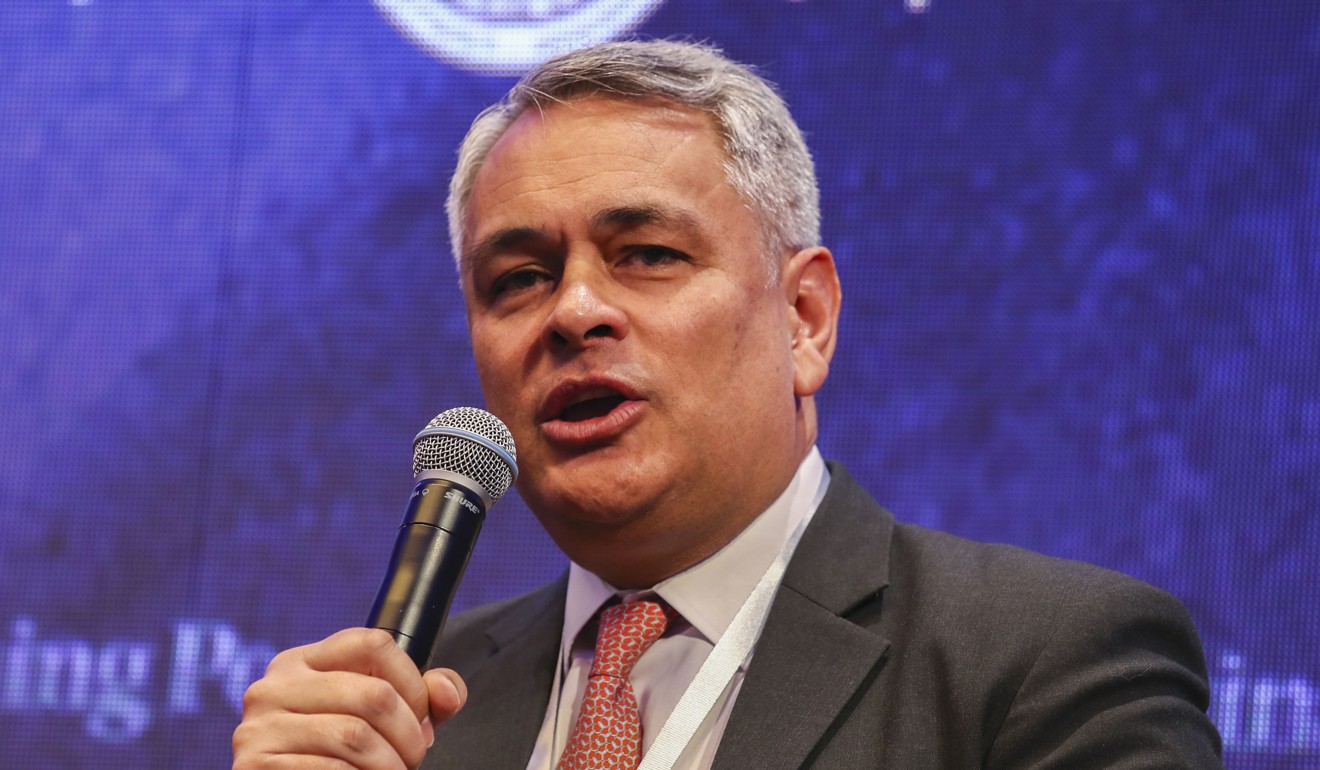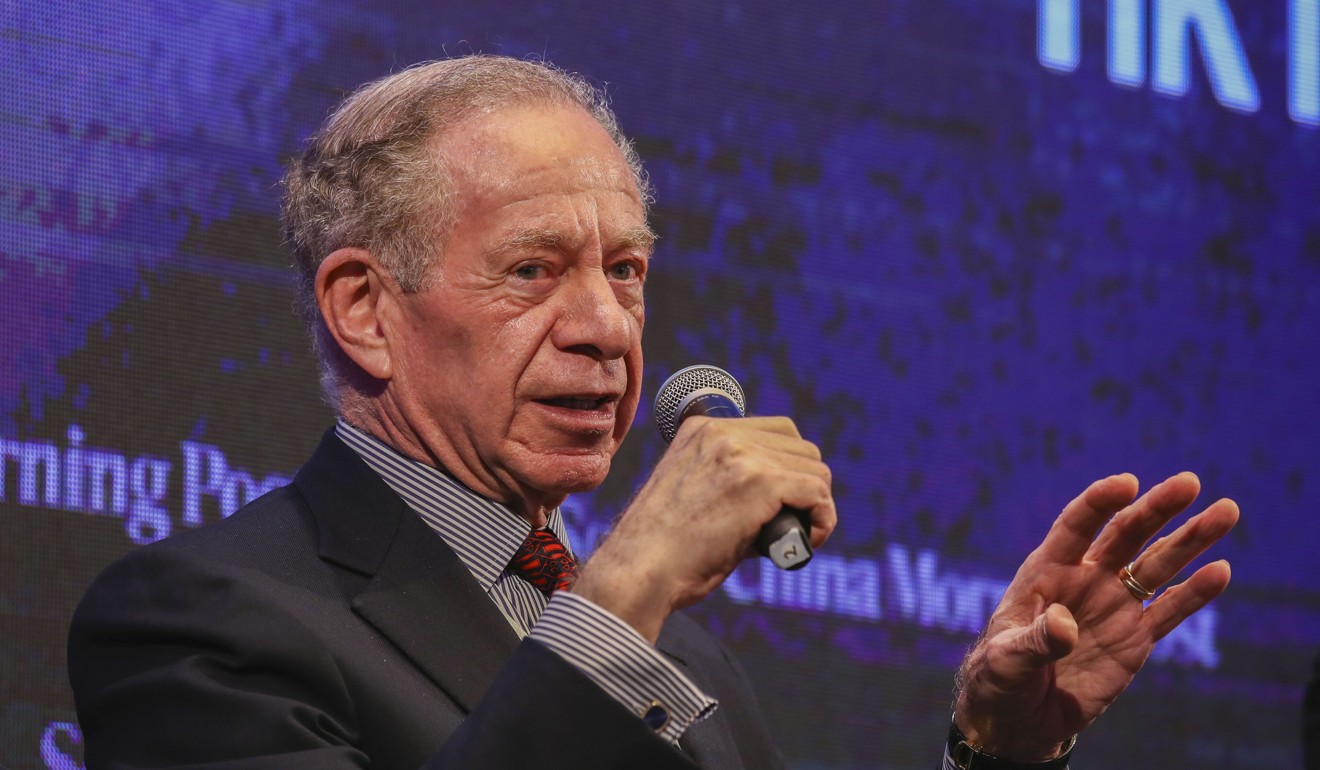Trump’s policies make a fully convertible yuan by 2020 impossible, say financial experts
Industry watchers say a stronger dollar and Beijing’s strict capital controls will slow the pace of internationalising the Chinese currency

Donald Trump’s second year in office may prevent China from achieving its target of allowing the yuan to become fully convertible by 2020, according to industry watchers.
The US president’s economic policies including major tax reforms and interest rate rises aimed at boosting the American economy are likely to strengthen the US dollar against other currencies including the yuan. And that may slow down the process of internationalising the Chinese currency, explains Aidan Yao, senior emerging Asia economist at AXA Investment Managers.
“China has made it crystal clear that it would like to continue to reform its economy and boost international use of the yuan. The direction of internationalisation of the yuan is clear but the pace of that internationalisation would depend on a lot of social and economic factors,” Yao said on the sidelines of the South China Morning Post’s China Conference on Thursday.
“A stronger US dollar would lead to depreciation of the yuan, which would create an adverse effect on the internationalisation of the currency. A fall of the yuan against the US dollar, such as what we saw in 2015 and 2016, makes investors less interested in buying dim sum bonds. China would also need to bring in measures to restrict capital outflows.”
The yuan’s 7 per cent slide against the US dollar in 2016 sparked a tide of funds leaving the mainland as individuals and companies ploughed money into insurance policies, properties, stocks and other assets in Hong Kong and overseas to hedge against the falling currency.

Since late 2016, Beijing has introduced a string of measures to restrict capital outflows. Meanwhile the People’s Bank of China has tightened its control of the fixing rate of the yuan, a move that brought some stability to the currency. The yuan rose 6.8 per cent against the US dollar in 2017.
These measures stemmed the outflows and strengthened the yuan but also slowed the pace at which it was allowed to become a freely traded currency in the international market.
As such, Trump’s policies would make it difficult for Beijing to achieve its goal for the yuan to become fully convertible in two years’ time, Yao explained.
John Woods, managing director and chief investment officer Asia-Pacific at Credit Suisse, said he believed China would not be able to meet the 2020 target. He said 2030 was a more realistic target.
Speaking at the China Conference at Hong Kong’s JW Marriott hotel, Woods said the PBOC’ s numerous measures to control capital outflows had prevented the currency becoming a free-flow currency internationally.
“It is not going to happen any time soon,” he said.
China started the process of liberalising the yuan 15 years ago by gradually allowing Hong Kong banks to conduct yuan deposit and remittances business. This was later expanded to allow international investors to use the yuan to settle trade and investment transactions. In November 2015, the State Council indicated it would like to see the onshore yuan as an international freely tradeable and usable currency by 2020.
The rest of the world has begun to accept the yuan more readily. A major breakthrough came in December 2015 when the International Monetary Fund decided to include the yuan in the Special Drawing Rights, bestowing upon it the status of a reserve currency like the US, euro, pound and yen.

Woods, who has a column in the Post, has written that the yuan’s convertibility would not happen before 2030.
“I might have been having a particularly bad day when I first wrote that,” he quipped.
Newman agreed, saying full convertibility would not happen by that time “even on a good day”.
Speaking at the same forum, he said even 2030 as a deadline for the yuan to achieve full convertibility “seems too optimistic.”
AXA’s Yao believes the yuan could become more widely uses internationally as a trade settlement currency because of the fact it is the world’s second largest economy and has a lot of trade partners.
“However it’s a long way from being used in international financial markets as an investment currency because the US dollar is dominant in a lot of investment assets worldwide,” he added.